ড. সেলিম আহমেদ ফেব্রুয়ারি ২০১২ থেকে Memorial University of Newfoundland-এর Faculty of Engineering and Applied Science-এ Assistant Professor হিসেবে কর্মরত। তার শিক্ষাজীবন শুরু হয় রংপুর জেলা স্কুল থেকে এবং তিনি কারমাইকেল কলেজ ও বাংলাদেশ প্রকৌশল বিশ্ববিদ্যালয় (BUET) থেকে প্রাথমিক ও উচ্চশিক্ষা অর্জন করেন। এরপর University of Alberta ও Qatar University-এ উচ্চতর গবেষণা সম্পন্ন করেন।
ড. আহমেদের প্রধান গবেষণার ক্ষেত্র হলো Safety and Risk Engineering। বর্তমানে তিনি রাসায়নিক প্রক্রিয়াজাতকরণ শিল্পে দুর্ঘটনা মডেলিং ও ঝুঁকি মূল্যায়ন নিয়ে কাজ করছেন। তাঁর গবেষণা মূলত যান্ত্রিক ত্রুটি ও মানবিক ভুলের ক্রমাগত প্রভাব বিশ্লেষণ করে বড় ধরনের দুর্ঘটনা রোধের জন্য গাণিতিক মডেল তৈরি করা। তিনি দুর্ঘটনা প্রতিরোধে আগুন ও বিস্ফোরণ সম্পর্কিত ঝুঁকি চিহ্নিতকরণ এবং নিয়ন্ত্রণ ব্যবস্থার প্রস্তাবনা দেন। ড. আহমেদ কানাডার St. John’s শহরে অবস্থিত Memorial University-তে গবেষণা ও শিক্ষা কার্যক্রম চালাচ্ছেন।
💬 প্রশ্নোত্তর পর্ব:
প্রশ্ন: প্রথমেই আপনার সম্বন্ধে আমাদের একটু বলুন।
উত্তর: বিজ্ঞানী.অর্গ-এর সঙ্গে সংশ্লিষ্ট সবাইকে ধন্যবাদ। নিজের সম্পর্কে তেমন কিছু বলার নেই যা অসাধারণ। দেশের বাইরে যারা আছি, তাদের জীবনের গল্প মোটামুটি একই রকম। ছোট শহর থেকে স্কুল কলেজ শেষ করে বিশ্ববিদ্যালয়ের জন্য বের হওয়া, বিশ্ববিদ্যালয় শেষ করে উচ্চশিক্ষার জন্য দেশত্যাগ, এবং শেষ পর্যন্ত নিজেকে নতুন করে প্রতিষ্ঠা করা। আমার শিক্ষাজীবনের ধাপগুলো: রংপুর জেলা স্কুল – কারমাইকেল কলেজ – BUET – University of Alberta – Qatar University – Memorial University। বর্তমানে Memorial University, St. John’s, Newfoundland-এ কর্মরত।
প্রশ্ন: বর্তমানে কি নিয়ে কাজ করছেন?
উত্তর: আমার বর্তমান গবেষণার বিষয় accident modelling। বিশেষভাবে রাসায়নিক প্রক্রিয়াজাতকরণ কারখানায় যান্ত্রিক ত্রুটি এবং মানবিক ভুল কীভাবে ধাপে ধাপে বড় দুর্ঘটনায় পরিণত হয় তা বিশ্লেষণ করে দুর্ঘটনার গাণিতিক মডেল তৈরি করা। এই মডেলের উদ্দেশ্য হলো দুর্ঘটনা প্রতিরোধে কার্যকর পদক্ষেপ নির্ধারণ করা।
প্রশ্ন: পিএইচডি-তে আপনি কাজের বিষয় ছিল, “identification of continuous-time models from sampled data”। বিষয়টি সহজভাবে বলবেন?
উত্তর: সহজভাবে বলতে গেলে, সংগৃহীত উপাত্ত থেকে একাধিক পরিবর্তনশীলের মধ্যে গাণিতিক সম্পর্ক নির্ধারণ করা। এটি হতে পারে স্থিত (static) বা সময় নির্ভর (dynamic)। আমার কাজ সময় নির্ভর মডেল তৈরির উপর ছিল। উদাহরণস্বরূপ, শিক্ষায় বরাদ্দ বৃদ্ধি শিক্ষার মানে কেমন প্রভাব ফেলবে তা সময়ের সাথে কিভাবে পরিবর্তিত হয়, তা বিশ্লেষণ করে গাণিতিক মডেল তৈরি করা যায়। রাসায়নিক প্রক্রিয়ায় বিভিন্ন ভেরিয়েবলের সম্পর্কও এইভাবে মডেল করা যায়।
প্রশ্ন: Safety and Risk Engineering এর বিষয়ে বিস্তারিত বলবেন।
উত্তর: Safety and Risk Engineering হল প্রকৌশল সংশ্লিষ্ট কর্মকাণ্ডের ঝুঁকি নিরূপণ ও নিয়ন্ত্রণের ব্যবস্থা। এর মূল উদ্দেশ্য হলো ঝুঁকির মাত্রা চিহ্নিত করে, তা গ্রহণযোগ্য পর্যায়ে নিয়ে আসার জন্য প্রয়োজনীয় প্রযুক্তি এবং প্রক্রিয়া প্রয়োগ করা।
প্রশ্ন: আপনার গবেষণা আমাদের কিভাবে উপকৃত করবে?
উত্তর: বিশ্বব্যাপী পরিসংখ্যান দেখায় যে স্বল্পোন্নত দেশে ঝুঁকি গ্রহণের প্রবণতা বেশি। উদাহরণস্বরূপ, ঢাকা শহরের পরিবেশ অত্যন্ত ঝুঁকিপূর্ণ। আমার গবেষণা আগুন ও বিস্ফোরণ সম্পর্কিত, যা রাসায়নিক প্রক্রিয়াজাতকরণ কারখানায় প্রধান। গবেষণার ফলাফল ব্যবহার করে প্রতিরোধমূলক ব্যবস্থা প্রয়োগ করা গেলে দুর্ঘটনা এড়ানো সম্ভব।
প্রশ্ন: University of Alberta সম্বন্ধে আপনার অভিজ্ঞতা?
উত্তর: University of Alberta একটি উচ্চমানের বিশ্ববিদ্যালয়। ২০০১ সালে আমরা প্রথমবার বাংলাদেশি ছাত্রসংঘ প্রতিষ্ঠা করি। শীতকালে -৪০ ডিগ্রি তাপমাত্রার অভিজ্ঞতা বিশেষ স্মরণীয়।
প্রশ্ন: Memorial University of Newfoundland সম্বন্ধে বলুন।
উত্তর: Memorial University আটলান্টিক কানাডার বৃহত্তম বিশ্ববিদ্যালয়। St. John’s শহরে অবস্থিত, এবং দ্বীপের প্রাকৃতিক সৌন্দর্য অসাধারণ। প্রকৌশল অনুষদে co-op প্রক্রিয়ার মাধ্যমে ছাত্ররা দুই বছরের চাকরির অভিজ্ঞতা অর্জন করে। বর্তমানে এখানে পাঁচজন বাংলাদেশি অধ্যাপক কর্মরত।
প্রশ্ন: ভবিষ্যতে কি গবেষণা করতে চান?
উত্তর: Safety and Risk Engineering-এর উপর গবেষণা চালিয়ে যেতে চাই। বিশ্বব্যাপী রাসায়নিক কারখানার দুর্ঘটনা ও হতাহতের সংখ্যা কমানো এবং নিরাপত্তার সংস্কৃতি সম্প্রসারণ আমার লক্ষ্য।
প্রশ্ন: বাংলাদেশের শিক্ষার্থীরা কি ভর্তি হতে পারে?
উত্তর: বর্তমানে ৪০০–৫০০ বাংলাদেশি ছাত্র এখানে অধ্যয়নরত। ভর্তি তথ্য www.mun.ca থেকে পাওয়া যাবে।
প্রশ্ন: তরুণ শিক্ষার্থীদের জন্য উপদেশ?
উত্তর: বিজ্ঞানে কাজ করতে একটি উৎসুক মন প্রয়োজন। গবেষণার ফলপ্রসূতা নির্ভর করে আগ্রহের কেন্দ্রবিন্দু ও গবেষণার বিষয়ের মিলের উপর।
🔗 প্রোফাইল লিংক:
https://www.mun.ca/engineering/people/saahmed.php
🪶 সমাপনী মন্তব্য:
ড. সেলিম আহমেদের গবেষণা Safety and Risk Engineering-এ গুরুত্বপূর্ণ অবদান রাখছে। রাসায়নিক প্রক্রিয়াজাতকরণ শিল্পে দুর্ঘটনা প্রতিরোধ ও ঝুঁকি বিশ্লেষণকে কেন্দ্র করে তার কাজ তরুণ বাংলাদেশি বিজ্ঞানীদের জন্য দিকনির্দেশক। বিজ্ঞানী.অর্গ টিম ড. সেলিম আহমেদের এই গবেষণার সাফল্যের জন্য শুভকামনা জানাচ্ছে। তাঁর কাজ বাংলাদেশের শিক্ষার্থীদের অনুপ্রেরণার উৎস হোক—এই কামনা।
Dr. Salim Ahmed’s Research in Chemical Plant Risk Analysis
Dr. Salim Ahmed has been serving as an Assistant Professor at the Faculty of Engineering and Applied Science, Memorial University of Newfoundland, since February 2012. He began his academic journey in Rangpur District School and then attended Carmichael College and Bangladesh University of Engineering and Technology (BUET). He pursued higher studies at the University of Alberta and Qatar University.
Dr. Ahmed’s primary research area is Safety and Risk Engineering. He focuses on accident modeling and risk assessment in chemical process industries, analyzing how mechanical faults and human errors can escalate into major accidents. His work involves developing mathematical models to prevent accidents and designing risk-based alarm systems. He also investigates fire and explosion scenarios to propose effective preventive measures. Dr. Ahmed currently conducts his research and teaching at Memorial University in St. John’s, Newfoundland, Canada.
💬 Interview Section:
Question: Please tell us a little about yourself.
Answer: Thank you to everyone at Biggani.org for this interview. There is nothing extraordinary to share about myself. The life story of those of us living abroad is often similar: leaving home for school, then university, then going abroad for higher education, and finally starting a new life independently. My educational path: Rangpur District School – Carmichael College – BUET – University of Alberta – Qatar University – Memorial University. Currently, I am working at Memorial University, St. John’s, Newfoundland.
Question: What are you currently working on?
Answer: My current research focuses on accident modelling. Specifically, I analyze how mechanical faults and human errors in chemical process industries can escalate step by step into major accidents and develop mathematical models for them. The goal is to determine the correct steps to prevent such accidents.
Question: Your PhD research was on “identification of continuous-time models from sampled data.” Could you explain it simply?
Answer: Simply put, it involves determining the mathematical relationship between two or more variables from collected data. The models can be static or dynamic. My work focused on dynamic models. For example, if government funding for education increases, how will it affect education quality over time? Initially, the impact may be small, then gradually increase, and finally stabilize. Similarly, in chemical processes, relationships between variables are dynamic, and my PhD work involved developing such models.
Question: Can you explain Safety and Risk Engineering in more detail?
Answer: Safety and Risk Engineering involves assessing and managing risks in engineering activities. Its purpose is to identify the level of risk associated with any engineering task and develop measures to reduce it to an acceptable level. Essentially, it provides the knowledge and techniques to safely complete engineering tasks.
Question: How can your research benefit us?
Answer: Worldwide statistics show that people in developing countries tend to take more risks. Cities like Dhaka are among the most unsafe to live in. My research includes fire and explosion scenarios, primarily in chemical process industries. By analyzing these risks, preventive measures can be proposed. However, unless these measures are implemented in practice, accidents cannot be fully prevented.
Question: Can you share your experience at the University of Alberta?
Answer: University of Alberta is a high-quality university, especially its Faculty of Engineering, which has developed significantly over the past two decades. In 2001, there were only 26 Bangladeshi students, and we founded the first Bangladesh Students Union there. The -40°C winter temperatures were a memorable experience.
Question: Please tell us about Memorial University of Newfoundland.
Answer: Memorial University is the largest university in Atlantic Canada by student population. It is located in St. John’s, Newfoundland, which is a mostly hilly island about 80% the size of Bangladesh. The university has all faculties except law. The Faculty of Engineering is particularly known for its co-op program, where students alternate semesters of study and work, gaining almost two years of practical experience before graduation. Currently, five Bangladeshi faculty members are working here.
Question: What do you plan to work on in the future?
Answer: I intend to continue research in Safety and Risk Engineering. Reducing casualties from chemical plant accidents worldwide and promoting a strong safety culture through education is my personal goal.
Question: Can Bangladeshi students apply to your university?
Answer: Currently, 400–500 Bangladeshi students are enrolled, including around 100 at the graduate level. Admission information is available at www.mun.ca.
Question: Any advice for young students interested in science?
Answer: Curiosity is essential for scientific work. Students should first identify the contemporary centers of scientific research. Research becomes fruitful when personal interest aligns with the area of study.
🔗 Profile Link:
https://www.mun.ca/engineering/people/saahmed.php
Dr. Salim Ahmed’s research significantly contributes to Safety and Risk Engineering. His work in accident modelling and risk assessment for chemical process industries provides valuable insights for young Bangladeshi scientists. The Biggani.org team wishes Dr. Ahmed continued success and hopes his research inspires the next generation of scientists from Bangladesh.
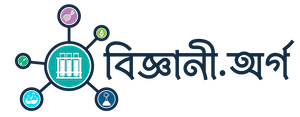
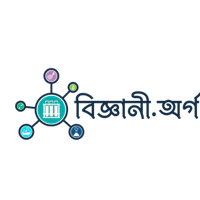
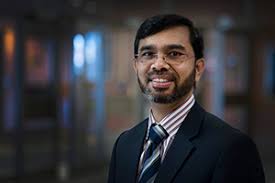


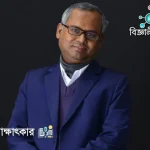

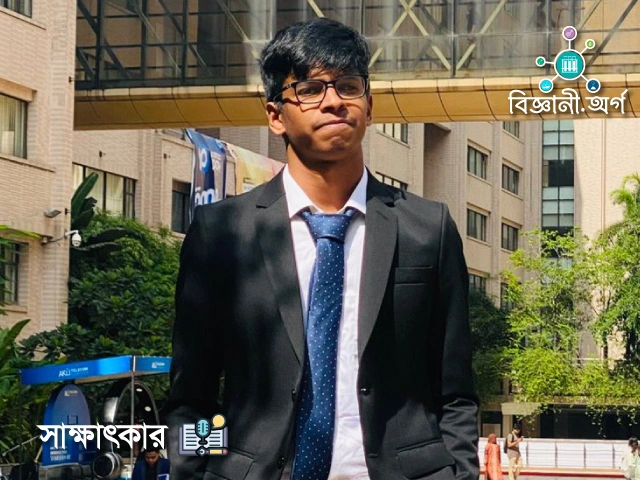
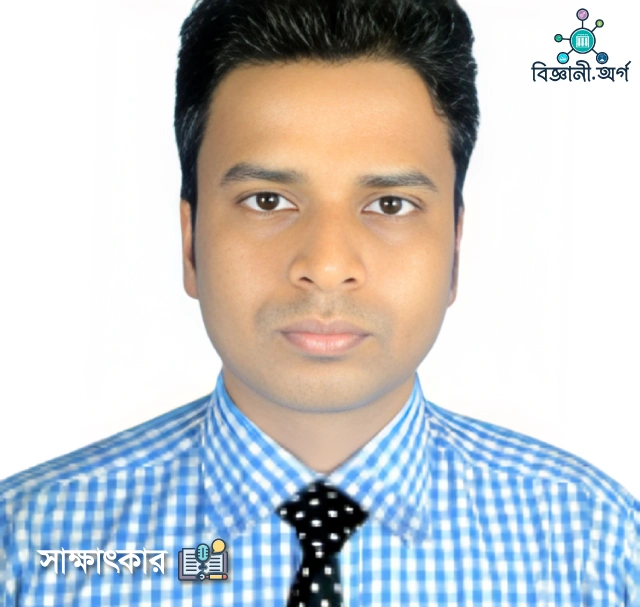
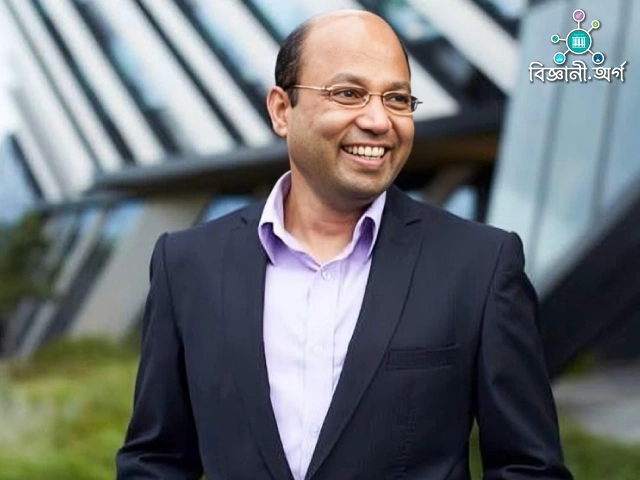
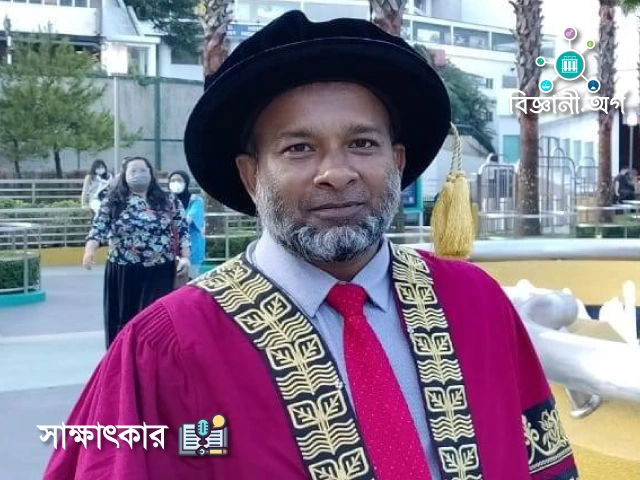
Leave a comment